Christmas is a time for family, friends, and fun. But it can also be a time for learning! If you’re looking for some fun Christmas-themed STEM activities to do with your upper elementary students, you’ve come to the right place. In this blog post, we’ll discuss three STEM activities that will keep your students engaged and learning during the holiday season. Let’s get started!
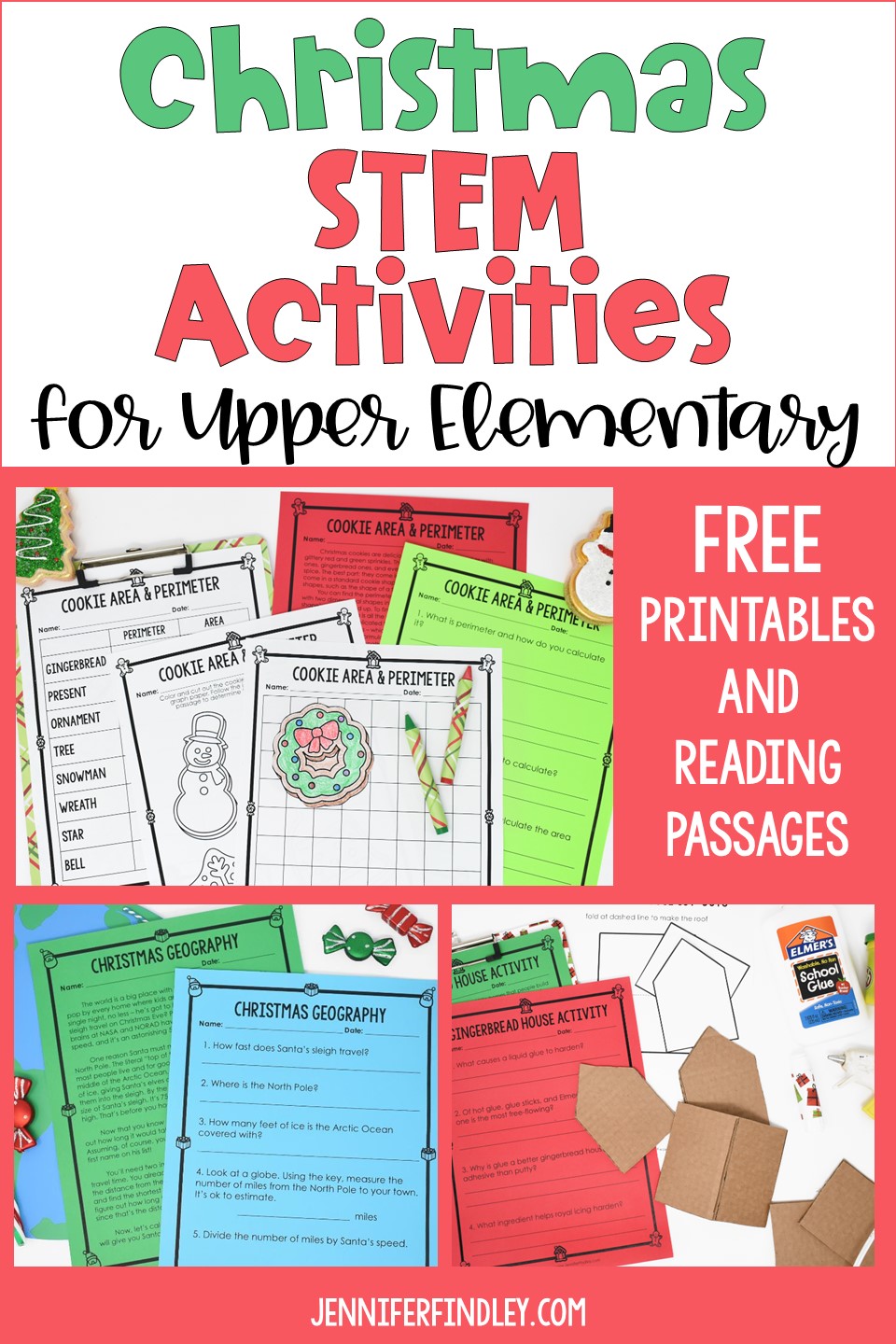
Christmas Cookie Area & Perimeter
‘Tis the season for delicious Christmas cookies! But it’s not just a time to indulge in festive treats – let’s dive into area and perimeter.
In this activity, students can learn about regular and irregular shapes and discover great tricks like using grid paper to calculate their areas accurately! Ready to get crafty AND mathematical this season?
Materials Needed
- The free printable pack, including the reading passage and cookie templates
- Scissors
- Crayons
The questions your students will answer include:
- What is perimeter and how do you calculate it?
- What is area?
- Why is area complicated to calculate?
- What is the easiest way to calculate the area of irregular shapes?
After reading the passage and answering the questions, you can invite your students to share their responses and have a classroom discussion.
Christmas Geography With Santa
Ever wondered how Santa travels around the world in such a small amount of time? With his magical sleigh and reindeer, it’s believed that he could travel from the North Pole all the way to your house with ease. But according to NORAD and NASA calculations, he’d have an even more impressive feat ahead of him: traveling 5 million mph! That begs us to ask – what would be his best route for this epic journey? This Christmas geography activity explores how long it would take Santa to travel to your house from the North Pole and what the best route is.
Warning: You will have to determine if this is a good fit for your students as some may still believe in Santa and some may not.
Materials Needed
- The free printable pack, including the reading passage
- Globe
- Ruler or flexible tape measure
The questions your students will answer include:
- How fast does Santa’s sleigh travel?
- Where is the North Pole?
- How many feet of ice is the Arctic Ocean covered with?
- Look at a globe. Using the key, measure the number of miles from the North Pole to your town.
- Divide the number of miles by Santa’s speed.
Christmas Gingerbread House Activity
Gingerbread houses are a holiday tradition that many look forward to every year. This season, let them put their engineering skills to the test and take your gingerbread house construction one step further! Conduct an experiment using various adhesives – glue, putties, and even edible hardening agents – to see which type of adhesive will create the strongest walls for their unique creation.
Materials Needed
- The free printable pack, including the reading passage and gingerbread house template
- Cardboard or very thick cardstock
- Scissors
- A variety of adhesives such as Elmer’s glue, hot glue from a glue gun, glue stick, modeling clay, playdough, royal icing, frosting, or caramel
The questions your students will answer include:
- What causes a liquid glue to harden?
- Of hot glue, glue sticks, and Elmer’s glue, which one is the most free-flowing?
- Why is glue a better gingerbread house adhesive than putty?
- What ingredient helps royal icing harden?
Want to see more Christmas science activities and resources?
How Can I Get the Free Printable Packs?
Click here to download the free printables for Christmas Cookie Area & Perimeter activity
Click here to download the free printables for the Christmas Geography With Santa activity
Click here to download the free printables for the Christmas Gingerbread House activity
What are your favorite science activities? Let me know in the comments! I am always looking for new science experiments that my students will love.
If you want more resources and even freebies for science, click here to check out my other posts, such as apple oxidation, erosion with grass, dissolving Peeps, gingerbread cookies and candy hearts, creating avalanches and frost, states of matter with chocolate, experiments with growing plants and flowers (including a seed race), and much more.

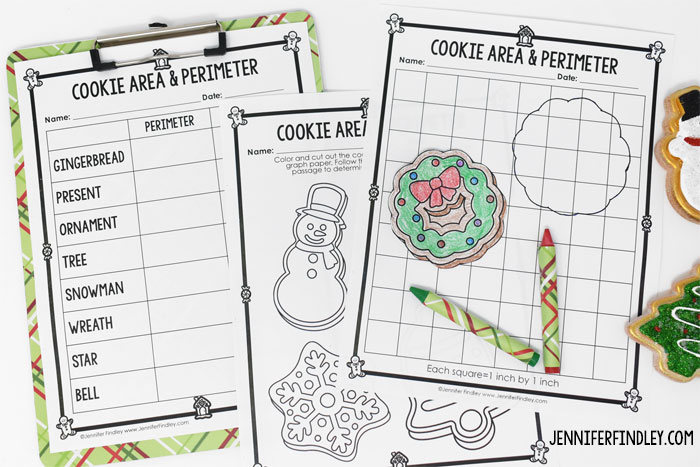
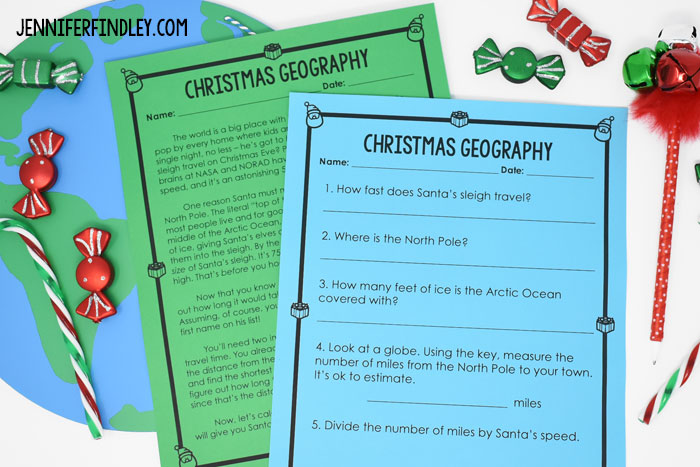
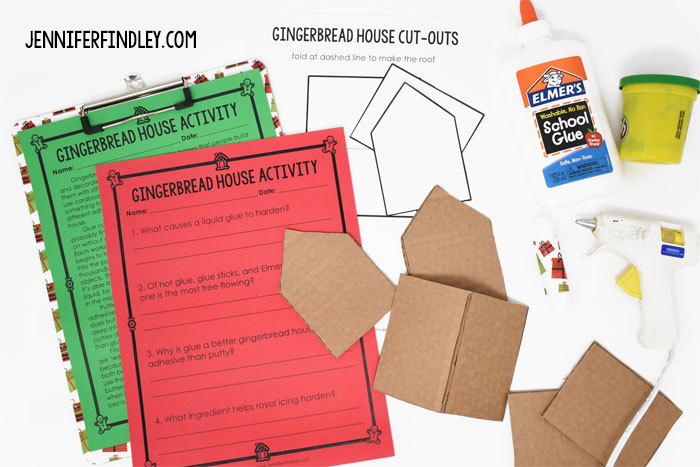
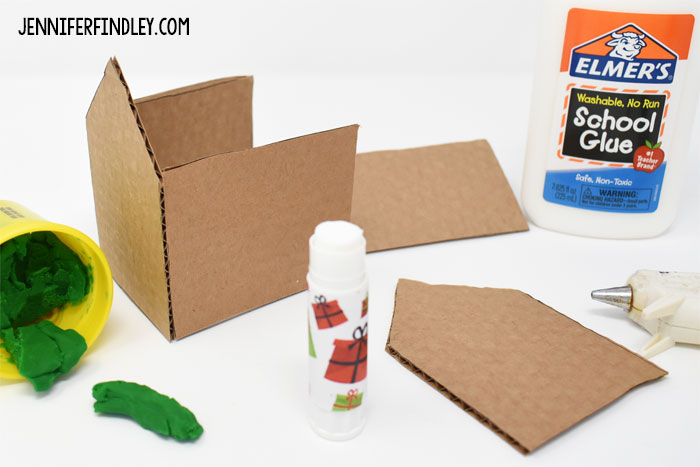
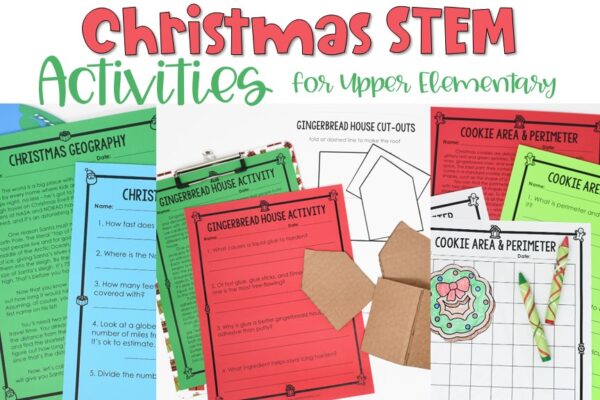
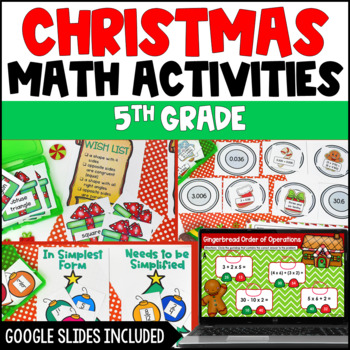
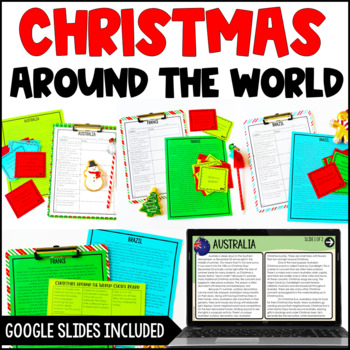
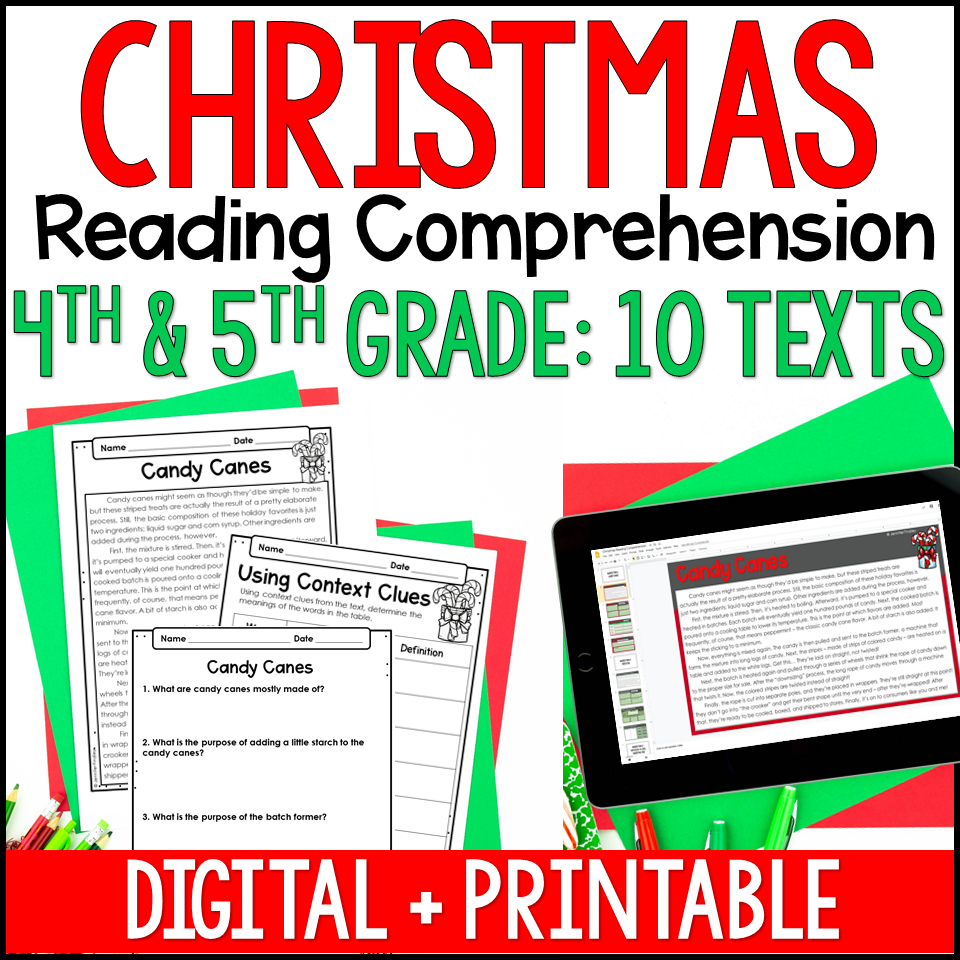







Leave a Comment